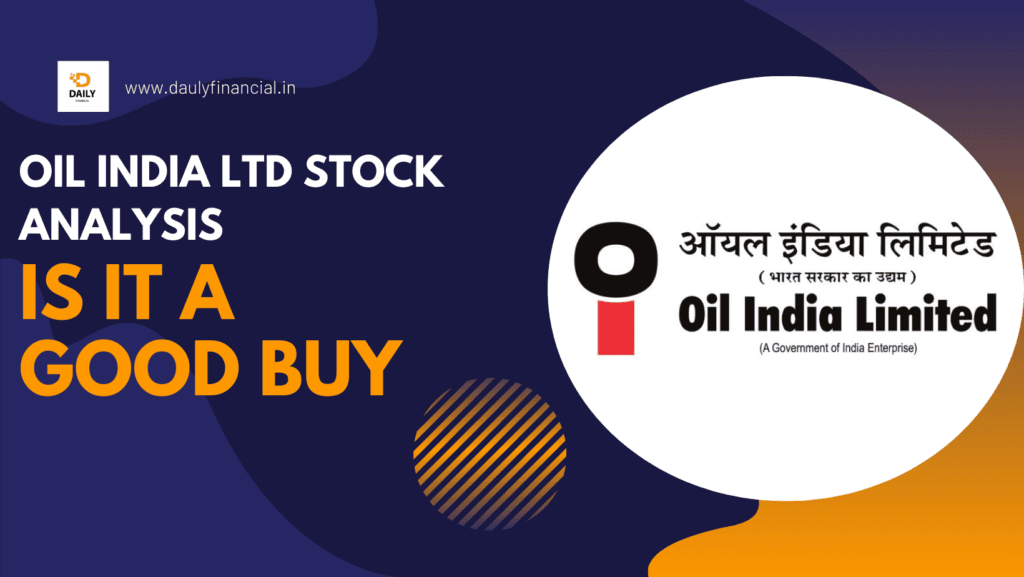
” How the government’s proposal to extend the free look period to one year impacts policyholders and the insurance sector. Learn about the benefits, challenges, and how to make the most of this change. “
The government has recently proposed that private insurers extend the free look period to one year. This decision is expected to have far-reaching implications for both policyholders and insurance companies. In this blog post, we will delve into the details of this proposal, its potential impact on the insurance industry, and what it means for you as a policyholder. We will also explore the concept of the free look period, its importance, and how this extension could benefit consumers.
Mis-Selling Complaints in the Insurance Sector
- Reduction in Complaints: According to the Insurance Regulatory and Development Authority of India (IRDAI), the number of mis-selling complaints against private life insurers has significantly decreased from 47,503 in 2017-18 to 35,178 in 2019-20. This indicates a positive trend towards better business practices in the insurance sector.
- Complaints Per 10,000 Policies: The incidence of mis-selling complaints per 10,000 policies sold has also reduced over the years. This metric helps in understanding the frequency of complaints relative to the number of policies sold.
- Resolution Rate: The percentage of complaints resolved in favor of the complainant has slightly decreased from 27% in 2017-18 to 25% in 2019-20. This suggests that while the number of complaints has reduced, the resolution rate has remained relatively stable.
What is the Free Look Period?
The free look period is a crucial feature of insurance policies that allows policyholders to review the terms and conditions of their policy after purchase. During this period, if the policyholder finds any discrepancies or is dissatisfied with the policy, they can cancel it and receive a full refund of the premium paid, minus any applicable charges such as medical tests or stamp duty.
Traditionally, the free look period in India has been 15 to 30 days, depending on the type of insurance policy. However, the government’s recent proposal seeks to extend this period to one year, giving policyholders ample time to thoroughly review their policies and make informed decisions.
Why is the Free Look Period Important?
The free look period serves as a safety net for policyholders, ensuring that they are not locked into a policy that does not meet their needs or expectations. It provides an opportunity to:
- Understand the Policy: Insurance policies can be complex, with numerous terms and conditions that may not be immediately clear. The free look period allows policyholders to take their time to understand the policy in detail.
- Identify Discrepancies: In some cases, there may be discrepancies between what was promised by the insurance agent and what is actually stated in the policy document. The free look period gives policyholders the chance to identify and address these issues.
- Make Informed Decisions: By allowing policyholders to cancel the policy within the free look period, they can make more informed decisions without the fear of losing their hard-earned money.
Government’s Proposal to Extend the Free Look Period to One Year
The government’s directive to increase the free look period to one year was announced by the Department of Financial Services (DFS) Secretary, M. Nagaraju, during a post-Budget press conference in Mumbai. This move is part of a series of measures aimed at improving transparency and accountability in the insurance sector.The government’s proposal to extend the free look period to one year is a bold step towards increasing consumer protection in the insurance sector. This move is expected to have several benefits for policyholders:
- Enhanced Consumer Protection: A longer free look period will provide policyholders with more time to review their policies, ensuring that they are fully aware of the terms and conditions before committing to the policy.
- Increased Transparency: The extension of the free look period will encourage insurance companies to be more transparent in their dealings, as they will need to ensure that policyholders are fully informed about the policy details.
- Reduced Mis-selling: One of the major issues in the insurance sector is the mis-selling of policies by agents who may not fully disclose the policy’s limitations or exclusions. A longer free look period will give policyholders the opportunity to identify and address any mis-selling practices.
- Improved Trust in the Insurance Sector: By giving policyholders more time to review their policies, the government’s proposal is likely to improve trust in the insurance sector, encouraging more people to purchase insurance.
Customer Satisfaction in the Insurance Sector
- Insurance Penetration: The insurance penetration in India stood at 4.2% of the GDP in 2022, with life insurance contributing 3.2% and non-life insurance contributing 1.0%. This indicates the growing importance of insurance in the financial system of the country.
- Premium Volume: India’s total premium volume in 2022 was US$ 131 billion, up from US$ 123 billion in the previous year, marking a 6.5% year-on-year growth. This growth reflects the increasing adoption of insurance products among consumers.
- Market Growth: India is projected to become the sixth-largest insurance market by 2032, surpassing countries like Italy, Canada, South Korea, and Germany. This projection highlights the potential for significant growth in the Indian insurance sector.
Transparency and Regulatory Compliance
- Insurance Companies: The Indian insurance industry comprises 57 insurance companies, including 24 life insurers and 34 non-life insurers. The presence of multiple players in the market fosters competition and innovation.
- Foreign Direct Investment: The insurance sector has attracted substantial foreign direct investment, amounting to nearly Rs. 54,000 crore (US$ 6.5 billion) over the past nine years. This investment has been driven by the government’s progressive relaxation of overseas capital flow regulations.
- Digital Transformation: Rapid digitization and product innovation have enabled consumers to buy insurance through multiple distribution channels, enhancing accessibility and convenience.
Reasons Behind the Directive
- Preventing Mis-Selling: One of the primary reasons for extending the free look period is to prevent the mis-selling of insurance policies. Mis-selling occurs when insurance agents or brokers sell policies that are not suitable for the customer’s needs, often by providing misleading information or omitting crucial details. A longer free look period gives policyholders ample time to review their policy and cancel it if they find it unsuitable.
- Enhancing Customer Confidence: By providing a longer period to review and cancel policies, the government aims to enhance customer confidence in the insurance sector. This move is expected to restore trust in insurance products and encourage more people to invest in insurance.
- Reducing Complaints: According to the Insurance Regulatory and Development Authority of India (IRDAI), there has been a significant reduction in complaints related to unfair business practices against life insurers. Extending the free look period is expected to further reduce the number of grievances and improve customer satisfaction.
Potential Impact on Insurance Companies
While the extension of the free look period is undoubtedly beneficial for policyholders, it may pose some challenges for insurance companies:
- Increased Administrative Burden: A longer free look period will require insurance companies to manage a higher volume of policy cancellations and refunds, increasing their administrative burden.
- Financial Implications: Insurance companies may face financial implications due to the extended free look period, as they will need to refund premiums for policies that are canceled within the one-year period.
- Need for Better Communication: To minimize the number of cancellations, insurance companies will need to improve their communication with policyholders, ensuring that they are fully aware of the policy details before purchasing.
- Potential for Abuse: There is a risk that some policyholders may abuse the extended free look period by purchasing policies with the intention of canceling them after using the benefits. Insurance companies will need to implement measures to prevent such abuse.
What Does This Mean for Policyholders?
For policyholders, the extension of the free look period to one year is a welcome change that offers several advantages:
- More Time to Review Policies: Policyholders will have more time to thoroughly review their policies, ensuring that they are fully aware of the terms and conditions.
- Greater Flexibility: The extended free look period provides greater flexibility, allowing policyholders to cancel their policies if they find that it does not meet their needs.
- Increased Confidence: With more time to review their policies, policyholders can make more informed decisions, increasing their confidence in the insurance sector.
- Better Protection Against Mis-selling: The longer free look period will help protect policyholders against mis-selling practices, as they will have more time to identify and address any discrepancies.
How to Make the Most of the Extended Free Look Period
To make the most of the extended free look period, policyholders should take the following steps:
- Read the Policy Document Carefully: Take the time to read the policy document in detail, paying close attention to the terms and conditions, exclusions, and limitations.
- Compare Policies: If you are unsure about the policy, compare it with other policies available in the market to ensure that you are getting the best deal.
- Seek Professional Advice: If you are unsure about any aspect of the policy, seek advice from a financial advisor or insurance expert.
- Keep Records: Keep a record of all communications with the insurance company, including emails, letters, and phone calls, in case you need to refer to them later.
- Cancel if Necessary: If you find that the policy does not meet your needs, do not hesitate to cancel it within the free look period to receive a refund of your premium.
The government’s proposal to extend the free look period to one year is a significant step towards enhancing consumer protection and transparency in the insurance sector. While it may pose some challenges for insurance companies, the benefits for policyholders are clear. With more time to review their policies, policyholders can make more informed decisions, increasing their confidence in the insurance sector and protecting themselves against mis-selling practices.
As a policyholder, it is important to take advantage of the extended free look period by thoroughly reviewing your policy, seeking professional advice if necessary, and canceling the policy if it does not meet your needs. By doing so, you can ensure that you are getting the best possible coverage and protecting your financial future.
-
The $5,000 Welcome Bill: Why the US Border Just Became a Lifetime Debt Trap for Indians in 2025
Think the $5,000 fee for illegal US entry is just a fine? Think again. A hidden clause turns
-
HDFC Bank Just Cut Rates, But Your EMI Won’t Budge: The ‘Ghost Clause’ That Could Cost You Millions in 2025
HDFC Bank just slashed rates, but your EMI might not drop a single rupee. Why? A “ghost clause”
-
The “American” Baby Trap: Why SCOTUS’s 2025 Review Could Leave Your Child Stateless
Think your US-born child is American? A hidden Supreme Court case could leave H-1B babies legally stateless in 2026. From
































